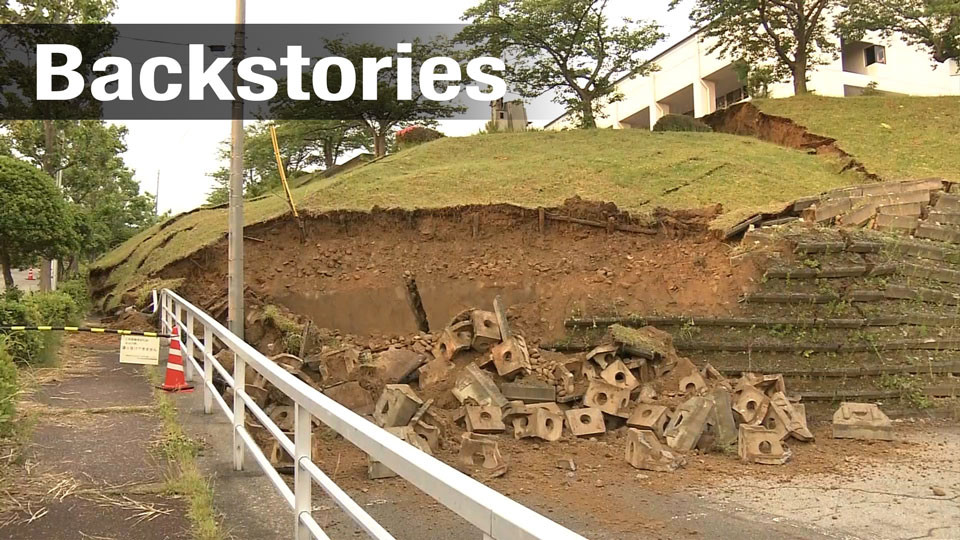Seismologists say the tremor off the coast of Yamagata Prefecture struck around 10:22 p.m. local time about 14 kilometers under the seabed.
Niigata prefecture was the hardest-hit. Murakami City in the north registered an intensity of 6-plus on the Japanese scale of zero to 7.
A woman living there told NHK that she had never experienced an earthquake that big, and that she couldn't stop her hands from shaking.
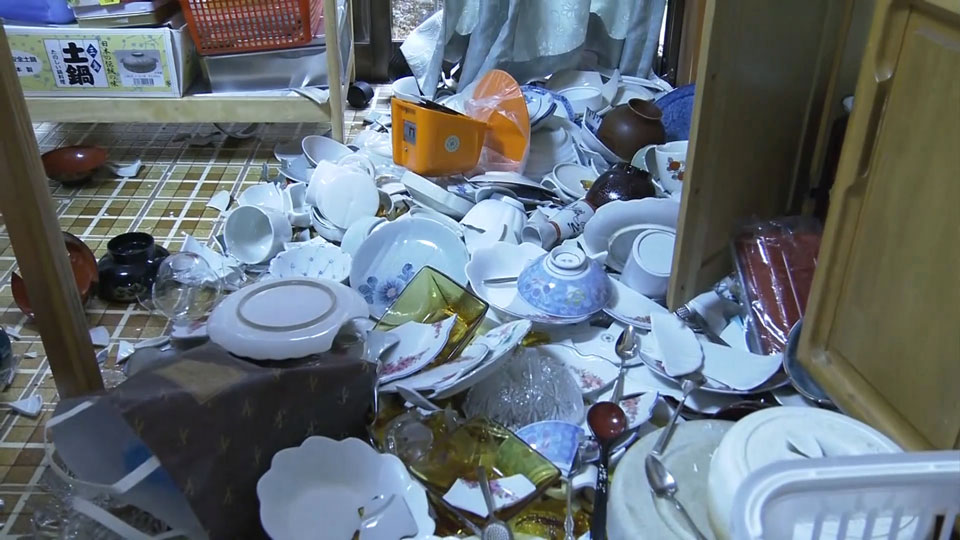
Prime Minister Shinzo Abe quickly gathered officials to respond to the damage and ensure additional safety measures were in place.
Weather officials issued advisories of a possible tsunami along the Sea of Japan coast for more than two hours after the quake. Waves up to 10 centimeters high were observed at the port of Niigata.
The injured were in Niigata, Yamagata, Miyagi and Ishikawa prefectures. One person was reported to have fallen on the stairs at home and broken her wrist. No fatalities have been reported.
Tohoku Electric Power Company said power is now fully restored to over 9,000 households that were left in the dark. About 1,000 people stayed overnight in temporary shelters.
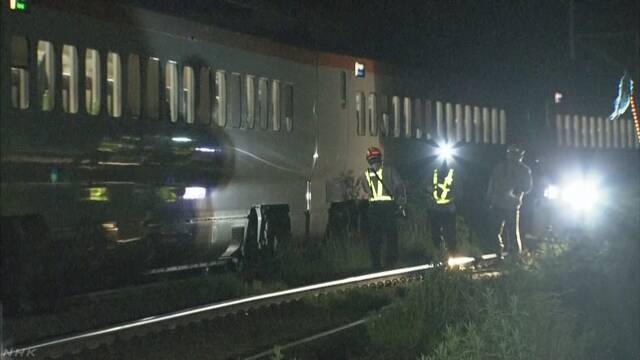
The quake disrupted transportation services. East Japan Railway Company suspended operation of Shinkansen bullet trains in the region. Full service was restored by Wednesday morning.
About 190 passengers had to get off a train in between stations in the city of Fukushima and get taxis and buses. Some local railways in the region had yet to resume operating as of Wednesday morning.
In Yamagata prefecture, cars were sunk into ground apparently liquefied by the earthquake. Professor Hiroyoshi Kiku, an earthquake expert at Kanto Gakuin University, said liquefaction was evident in areas around Tsuruoka train station. This happens in loosely packed, wet soil, after a severe shaking. He warned of widespread damage in the area if there are more strong jolts.
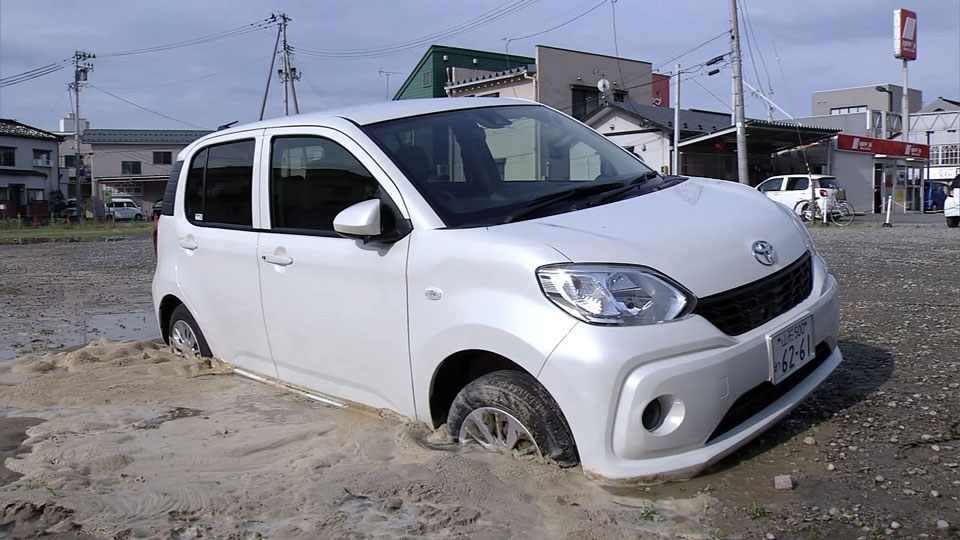
The Japan Meteorological Agency is warning of further quakes. An agency official said the areas that experienced strong tremors are at higher risk for landslides and collapsing buildings. He warned that tremors of the same 6-plus intensity could occur during the coming week.
Heavy rain is also expected in the region through Wednesday. The weather agency is also urging people in the region to be on the lookout for mudslides and unsafe buildings.
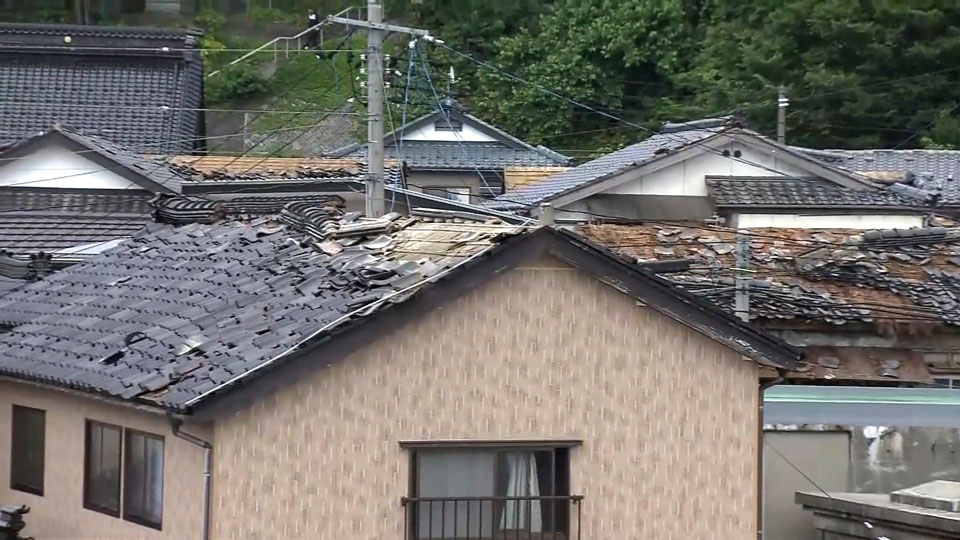
Professor Takashi Furumura of the University of Tokyo's Earthquake Research Institute says the hypocenter of the earthquake was located in an area where two tectonic plates -- the North American plate and the Eurasian plate -- meet.
Pressure builds up and numerous active faults are created in the area experts call "the eastern margin of the Sea of Japan."
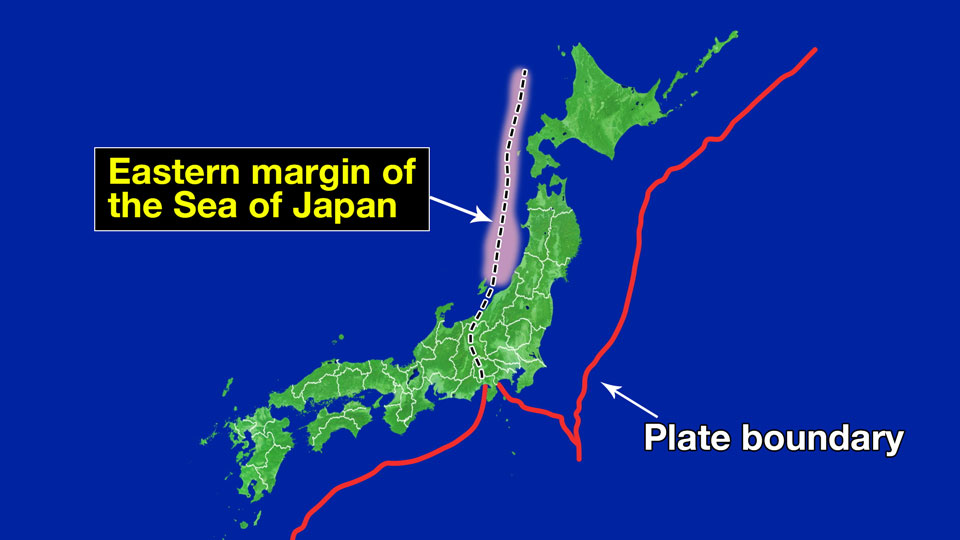
Several large tremors have occurred in the zone, which spans waters off Hokkaido and Niigata prefectures. They include the magnitude 7.5 Niigata Earthquake in 1964, the 1983 Central Sea of Japan Earthquake with a magnitude of 7.7 and the 1993 Earthquake off the Southwest Coast of Hokkaido with a magnitude of 7.8.
Furumura said people tend to focus on possible mega-quakes off the Pacific side of the country, but he warned that areas along the Sea of Japan are still at risk and that a tsunami could rapidly reach the coast, following a major quake.
